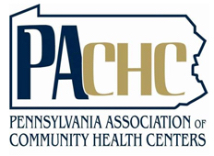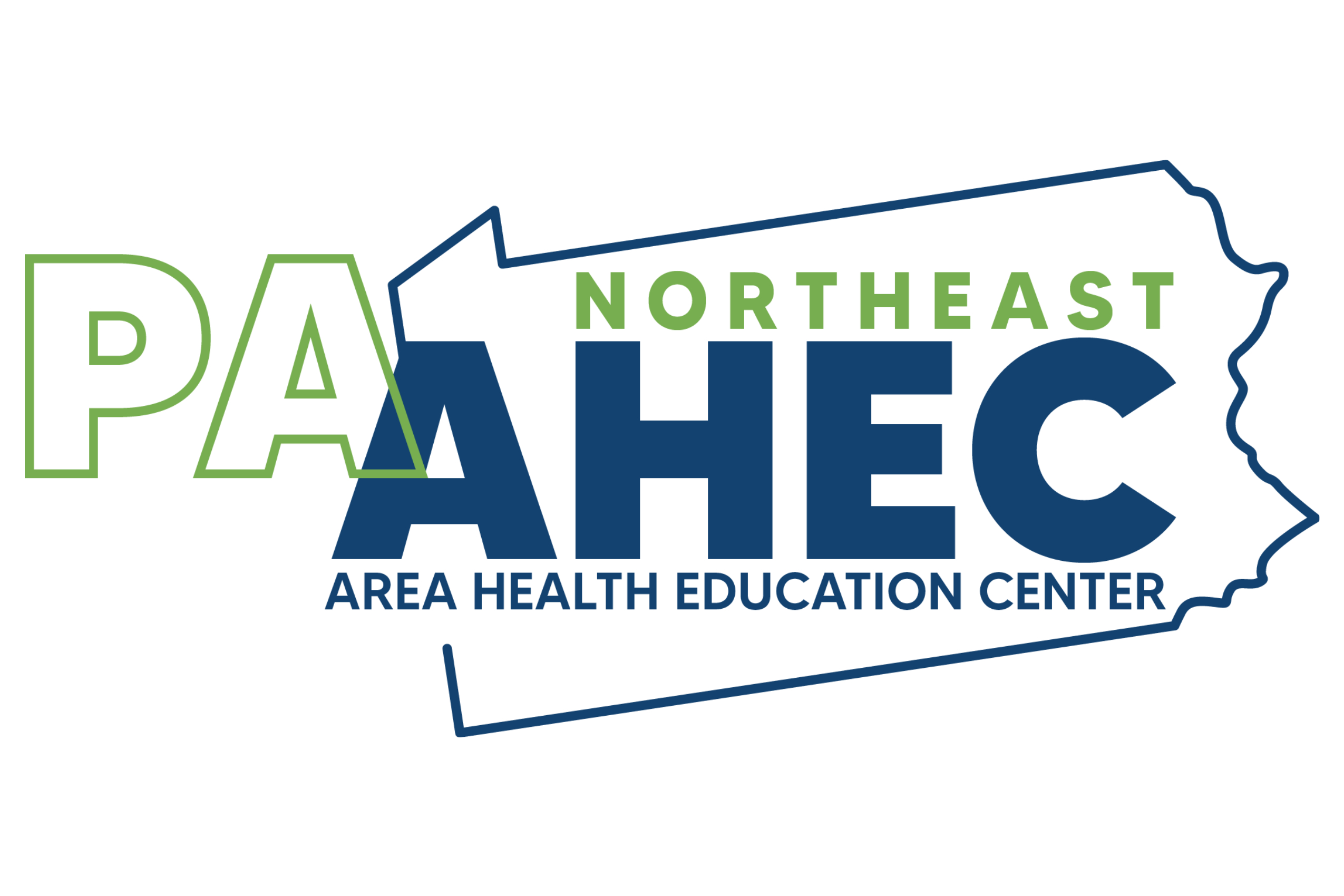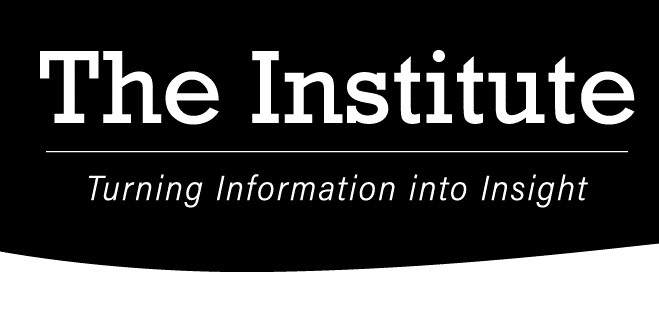The Seven Commitments

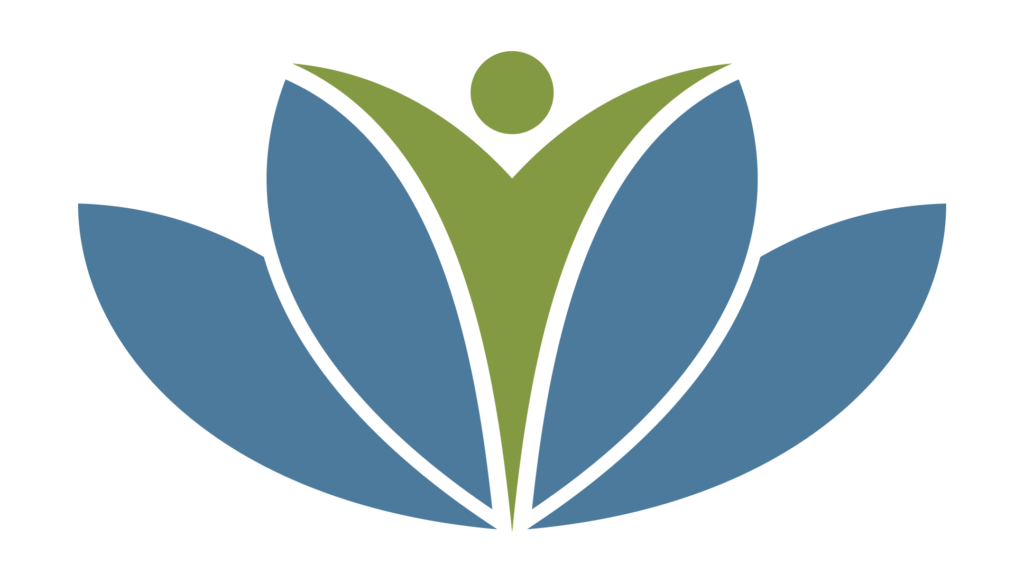
The Seven Commitments:
Nonviolence and Professional Relationships

January 2023 is swiftly coming to a close, which means many things – not the least of which is that we are nearing the halfway point of winter which is Feb. 3. As winter wanes, spring waxes. All things are interconnected.
Delete this article with abandon if you want, but if you’d like to know more about how the Sanctuary Model defines and promotes a nonviolent approach, keep reading.
The Seven Commitments of Sanctuary are interconnected with the entire model. The commitment to nonviolence is integrated with the value of safety from the SELF framework. Safety in sanctuary refers to not only physical safety but also moral, psychological, and social safety.
Those who have experienced the five-day training may also note that there is a big difference between being unsafe and being uncomfortable.
This is an incredibly important distinction to make repeatedly, both internally and externally, particularly for people who have experienced trauma. If we are triggered into a trauma re-enactment, discomfort is likely being interpreted by our bodies as a lack of safety. Before we know it, we enter fight, flight, freeze, and/or fawn (the four Fs) which are all ways we react rather than respond. This pattern is everywhere and once you see it in yourself and others, it becomes obvious how pervasive it is – particularly in health care.
Awareness is only the first step. So what do we do next?
Internally, the work is about distress tolerance and working diligently to truly internalize the difference between being uncomfortable and being unsafe. The exact nature of this work will be different for each of us as we have different triggers, different reactivities, and different levels of distress tolerance.
The Sanctuary Model gives us the language of nonviolence to address safety issues in our professional world. When we commit to nonviolence, we commit to working diligently to create safety in the workplace, which can in turn support an individual’s internal capacity to differentiate between uncomfortable and unsafe. Let’s look at some examples of violence and nonviolence as they relate to the four domains of safety.
Important note: Nonviolence does not mean non-outcome. A Sanctuary-certified organization still has a mission, deliverables, requirements, budgets, and so on. A supervisor must still hold their reports accountable for outcomes, just as the Board must still hold the senior executives accountable, and the community holds the Board and the whole enterprise to account. Nonviolence is not about the what but about the how. Being held accountable while being given an exit strategy if the role is not a good fit is not violent. It is what it means to be a professional.
Physical Safety
- Physical Violence: Hitting, smacking, touching without permission, lunging toward, locking doors, and blocking single-point exits
- Physical Nonviolence: Respecting bodily integrity, unlocked doors, and cleared paths to points of entry and exit
Moral Safety
- Moral Violence: Controlling others to force an outcome with which they are not morally aligned without providing an alternative or safe means of exit
- Moral Nonviolence: Offering options for getting to an outcome that morally align as well as a safe means of exit from the project, position, and/or organization
Social Safety
- Social Violence: Gossip/rumors, bullying, exclusion, avoiding responsibilities, work dumping, name-calling, using position/relationship to coerce or manipulate, and silencing others
- Social Nonviolence: Asking for teach back/clarity, not talking about others without their knowledge, inclusion, taking responsibility even when it is uncomfortable or admitting that a responsibility is not able to be met, and accountability with kindness
Psychological/Emotional Safety
- Psychological/Emotional Violence: Victimizing, persecuting, rescuing, abandoning, and avoiding
- Psychological/ Emotional Nonviolence: Creating, coaching, challenging, encouraging, and supporting
The most important place to start looking for these patterns is in ourselves. Our environments will only be as nonviolent as the people within them and surprise! That is all of US! Together we will work to notice these patterns and change them through clear and consistent structures that include guidance for responses and consequences. This work will be done over the next three-plus years during which time there will be multiple opportunities to be involved at a variety of levels.
Here is to the rising tide of Sanctuary lifting all of our boats.
Quick Tip
If someone is used to using a form of violence to get to their desired outcome, whether that is a deliverable or avoiding a deliverable, the short-term application of Sanctuary may be very disruptive to that person. It may even aggravate their reactivity. So what do we do? We remain in our center, aware of how we are engaging, and compassionately refuse to get drawn into someone else’s trauma re-enactment of victim-persecutor-rescuer by instead finding options to patiently challenge assumptions, co-create solutions, and coach. We can use storage statements that emphasize and rather than but, such as “I know that this is very challenging, and we still need the outcome” communicated with as much earnest compassion as we can muster.
Bonus Quick Tip
Many TWC folks are not aware there is a separate, safe option for reporting personnel issues. It is called Direct Access. See below for more information.
DirectAccess® Anonymous Tips Hotline
This service encourages you to anonymously report concerns, including theft, fraud, harassment, discrimination, and more
How it Works:
- Call the DirectAccess hotline, tel:1.866.494.3161, or log onto eniweb.com and click on “DirectAccess Login” in the lower right corner
- Enter your company PIN Number: 4022
- Provide the name, spelling, and location of your company
- Provide a detailed report of witnessed activity in a secure and confidential voicemail
- Your message is transcribed into a text document by eni’s DirectAccess Team
- Your anonymous report is provided to an established contact within our organization for assessment.
Please note DirectAccess is a third-party service dedicated to protecting your anonymity when contacting the enterprise with your concerns
Thank you,
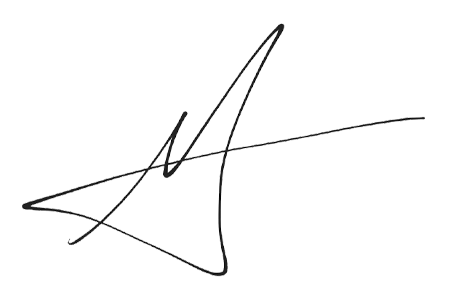
Meaghan P. Ruddy, Ph.D.
Senior Vice President
Academic Affairs, Enterprise Assessment, and Advancement,
and Chief Research and Development Officer
The Wright Center for Graduate Medical Education



